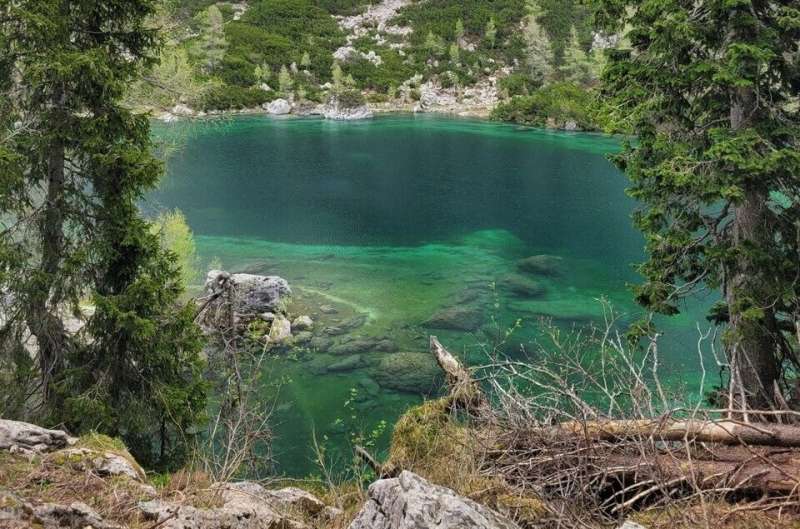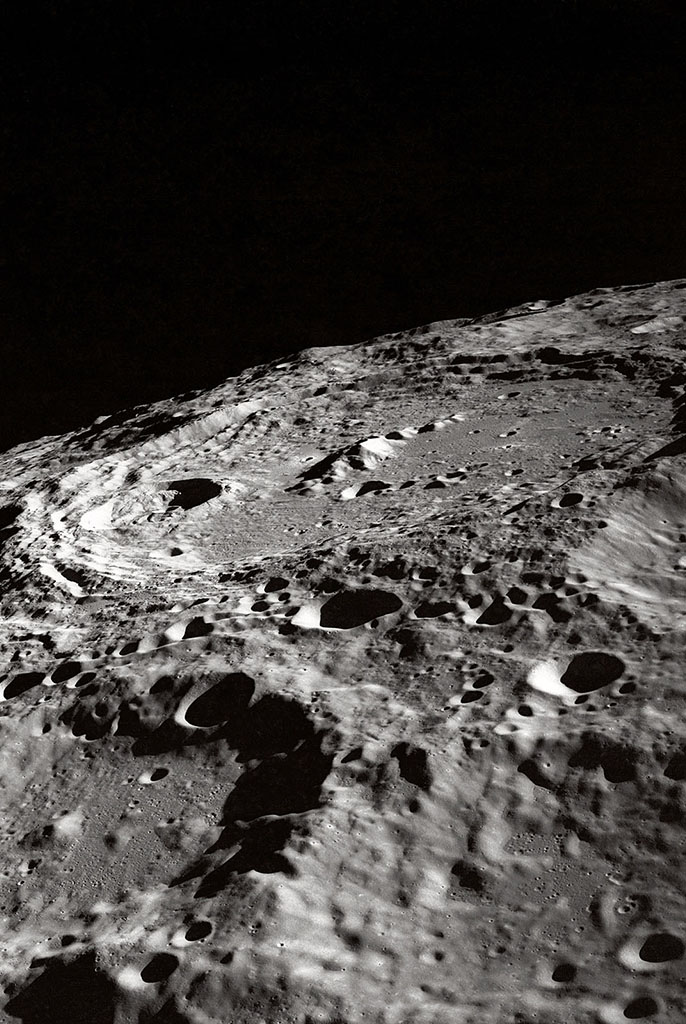Why do some plants thrive in specific regions but not in others? A study led by researchers at the University of Göttingen explores the factors shaping plant distributions and how these patterns have changed over millions of years. Analyzing nearly 270,000 seed plant species worldwide, the research highlights the roles of environmental conditions and dispersal barriers in influencing global plant diversity. The results were published in Nature Ecology & Evolution.
Using advanced methods that integrate plant distributions with phylogenetic information—meaning data about the evolutionary relationships among plant species—researchers combined modern environmental data with historical reconstructions of the Earth’s climate and geography spanning millions of years.
The team examined how variations in climate, soil, and other environmental factors determine where plants can thrive and how physical barriers—such as oceans, mountain ranges, and areas with inhospitable climates—restrict plant dispersal.
The findings show that environmental conditions, particularly climate, are important factors in shaping plant distributions, with their influence remaining consistent across evolutionary timescales. Physical barriers like oceans and mountains played a significant role in limiting the spread of more recently evolved plant groups but had a much smaller effect on ancient plant groups, which have had longer periods to disperse widely.

The research showed that with enough time, plants can overcome the barriers of vast distances and geography, but they often remain limited by the environments they encounter. © Holger Kreft
Past tectonic plate positions and movements, reconstructed from geological data, were found to have only a modest impact on plant diversity, with their strongest effects occurring between 20 and 50 million years ago.
“These findings reveal a fundamental process in nature,” says Dr. Lirong Cai from the University of Göttingen and the German Center for Integrative Biodiversity Research (iDiv). “Given enough time, plants can overcome the barriers of vast distances and geography, but they often remain limited by the environments they encounter.”
More information:
Lirong Cai et al, Environmental filtering, not dispersal history, explains global patterns of phylogenetic turnover in seed plants at deep evolutionary timescales, Nature Ecology & Evolution (2024). DOI: 10.1038/s41559-024-02599-y
Provided by
University of Göttingen
Citation:
How climate and barriers shape global patterns in seed plant distribution over millions of years (2025, March 28)


